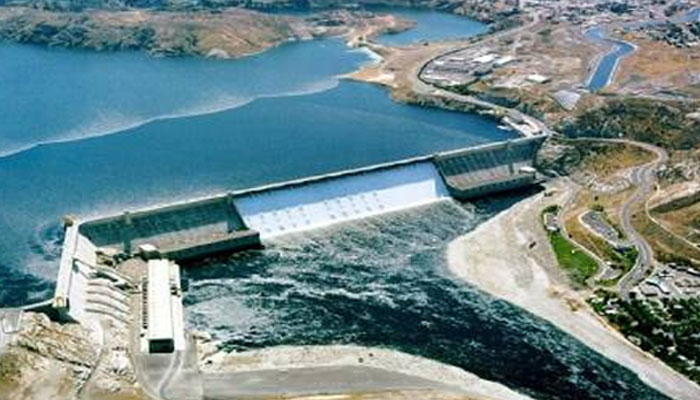In a country whose survival depends on water — and where the enemy dreams of blocking our lifeline — the construction of Swān Dam is not just a development project; it is a matter of national security, agricultural self-sufficiency, industrial revival, and the thirst of future generations.
Yes, a dam eight times the size of Tarbela, and ten times larger than Kalabagh, is in the making — a game-changing step that can reshape Pakistan’s water destiny. Located near Dhok Pathan, in Talagang, Chakwal District, this is not just a dream. It’s a location so naturally perfect that it begs for a mega water reservoir.
Where will the water come from?
A valid question. The answer lies in strategic brilliance: Water will be drawn from the right bank of Tarbela Dam, passed through a link canal, and channeled into the Haro River, eventually flowing into Swān Dam. When the glaciers melt and the Indus River floods in summer, this very overflow will be captured, stored, and transformed from destruction into blessing.
Reviving Tarbela and Saving the Delta
With the Swān reservoir absorbing the overflow, Tarbela will gradually shift to a run-of-river system. This means less sedimentation, and the natural flow of silt toward the Indus Delta will resume — the same silt that has been missing, causing erosion of our coastline. This one step could restore Tarbela’s health and revive the delta, preserving both agriculture and ecology.
A Message of Hope for All Four Provinces
This dam is not for one region, but for the entire federation. Punjab and Sindh will get water equal to two Tarbelas, while Balochistan and Khyber Pakhtunkhwa will receive the equivalent of one Tarbela each. This isn’t a political promise — it’s a technical reality, if we can keep politics out of it.
Will it disrupt rivers? Not at all.
Swān Dam will not block any river. It will instead store surplus water, reduce floods, and ensure timely irrigation. Farmers will no longer have to wait for rains or pray for mercy — they’ll have reliable access to water, season after season.
A Lifeline for Rawalpindi and Islamabad
Water scarcity in cities is like a slow suffocation. Swān Dam will become a lifeline for the twin cities, supplying them with clean, sustainable water — something they haven’t had for years.
Low Cost, Massive Return
Despite its scale, Swān Dam will be cost-effective, using simple, durable technology and local resources. It won’t burden the economy — it will support it.
Rehabilitation: A Model of Justice
For once, the displaced will not be abandoned. Affected families will receive multiple acres of irrigated farmland in return for their land, along with residential plots in a dignified colony. This is not just compensation — it’s a promise of a better life.
A Final Plea
Pakistan is standing at the edge of a water crisis. Our eastern neighbor has already built dams to choke our rivers. If we delay projects like Swān Dam any further, we won’t just lose water — we’ll lose our future.
This is a sincere call to the government, institutions, and all responsible stakeholders: Don’t let politics block progress. Whoever delays this project is, knowingly or not, strengthening the enemy’s agenda.
The time to act is now. Swān Dam is not just concrete and steel — it’s the symbol of Pakistan’s water independence.
Disclaimer:-
The Swān Dam project described in this article is based on a proposed concept backed by expert opinions, geographical feasibility, and national water security needs. It is not yet an officially approved or under-construction project by the Government of Pakistan.






Comments are closed, but trackbacks and pingbacks are open.